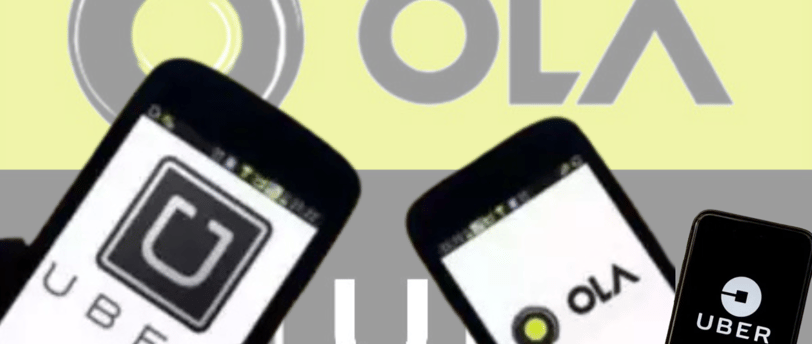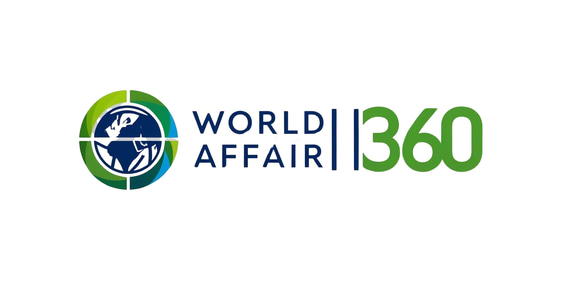Indian Union Government Takes Action Against Uber and Ola: Addressing Pricing Disparity in Android & Iphone
The Indian government has issued notices to Uber and Ola regarding alleged pricing discrepancies between iPhone and Android users. Consumers have reported that fares for the same ride are consistently higher for iPhone users, raising concerns about fairness.
INDIA


Indian Union Government Sends Notices to Uber, Ola Over Pricing Disparity on Apple and Android Phones
In a significant development, the Indian Union government has sent notices to ride-hailing platforms Uber and Ola, addressing concerns about the alleged differential pricing based on mobile operating systems. The Central Consumer Protection Authority (CCPA) is investigating the issue after consumers noticed that iPhone users were being charged higher fares for the same ride compared to Android users. The issue came to light last month, when commuters in cities like Chennai reported discrepancies in fare estimates when searched simultaneously on both iPhone and Android devices.
This pricing disparity has raised alarm among consumers, industry experts, and government authorities, who argue that it reflects a lack of transparency and could potentially lead to unfair consumer exploitation. The government has expressed serious concerns, with Consumer Affairs Minister Pralhad Joshi calling it a “prima facie unfair trade practice.” The CCPA has now initiated a formal inquiry, and the ride-hailing companies have been asked to respond to the allegations.
What’s the Pricing Discrepancy About?
According to reports, the primary concern is that identical rides, when booked through Uber and Ola on iPhone and Android, showed different pricing for the same route and distance. A specific example in Chennai showed that fare estimates on iPhones were consistently higher for short-distance trips, compared to the fares displayed on Android devices. The government, through the CCPA, is probing these allegations to determine whether the pricing differences were a result of intentional or unintentional practices.
While the discrepancies have yet to be definitively labeled as deliberate, Consumer Affairs Minister Pralhad Joshi emphasized the need for “transparency” and said that the issue reflected “a blatant disregard” for consumers’ rights. He called for a thorough investigation, stressing that such practices cannot be tolerated in a market that’s heavily reliant on consumer trust.
The Role of Dynamic Pricing Algorithms
One of the central issues being discussed is the possibility that Uber and Ola may be using advanced pricing algorithms that vary fares depending on factors such as the user’s device type or operating system. These algorithms, often powered by machine learning, adjust prices dynamically based on a variety of inputs, including demand, time of day, traffic conditions, and even user behavior.
It’s entirely possible that the difference in fares is not a glitch but rather an intentional design choice made by the platforms to tailor fares to the device. C Ambigapathy, the managing director of Fastrack, a ride-hailing company in Chennai, stated, "Companies can easily adjust fares based on device-specific details, while masking this behind the excuse of a 'dynamic pricing algorithm.'"” This suggests that Uber and Ola could be leveraging data from the device itself—like the user’s history, the type of phone being used, or even operating system-specific payment mechanisms—to adjust prices subtly but significantly.
Such pricing practices are not new in the ride-hailing industry. However, their potential to be hidden behind complex algorithms makes it difficult for consumers to understand or challenge these price discrepancies. Without transparency in how fares are calculated, users may feel vulnerable to unfair pricing practices, especially when the discrepancy cannot be explained in simple terms.
Why This Matters for Consumers and the Industry
At its core, the issue is about consumer rights and the expectation of fairness in pricing. The Indian government, through the CCPA, is sending a clear message that it will not tolerate what it perceives as “consumer exploitation,” particularly when it involves large tech companies that have immense market power. For millions of Indian users who rely on ride-hailing services like Uber and Ola, fairness in pricing is a basic expectation.
If the government concludes that these pricing disparities are unfair, it could lead to major consequences for Uber and Ola. The companies may face fines or stricter regulations, which could, in turn, affect their business models. More importantly, such a ruling would set a precedent, forcing other tech companies operating in India to reconsider their pricing strategies and become more transparent in their dealings with consumers.
For Uber and Ola, this is a reputational issue as well. Both companies have already faced consumer criticism over surge pricing, driver compensation, and other aspects of their service. Adding fuel to the fire with what some may perceive as unfair pricing could cause long-term damage to their image in the Indian market, a country where they face stiff competition from both local players and regional alternatives.
Industry Impact and Future Considerations
Beyond Uber and Ola, the investigation into differential pricing could have wider implications for the ride-hailing and tech industries in India. If the government decides to crack down on these practices, it could lead to stricter regulations on how dynamic pricing algorithms are used and require companies to be more transparent about their pricing models. This could force the ride-hailing platforms to change their strategies or even lead to the development of industry-wide standards on pricing transparency.
Furthermore, this incident shines a light on the power of consumer advocacy and social media. Many of the complaints that led to the government’s investigation originated from social media platforms, where users shared their experiences of pricing disparities. This underscores the growing role of online platforms in holding companies accountable for their actions, especially when it comes to consumer-facing services.
Conclusion
The Indian Union government’s investigation into Uber and Ola’s pricing disparity based on operating systems highlights the growing need for transparency and fairness in the digital economy. The issue of differential pricing, particularly when it involves something as basic as mobile operating systems, raises important questions about consumer rights and the ethical responsibilities of tech companies. While Uber and Ola have not yet provided an official explanation, the government’s intervention signals that such practices will be closely scrutinized, with potential regulatory consequences for companies that fail to offer clear and fair pricing to consumers. Moving forward, the case could set an important precedent for tech companies, urging them to consider fairness and transparency as central tenets of their business operations in India.
